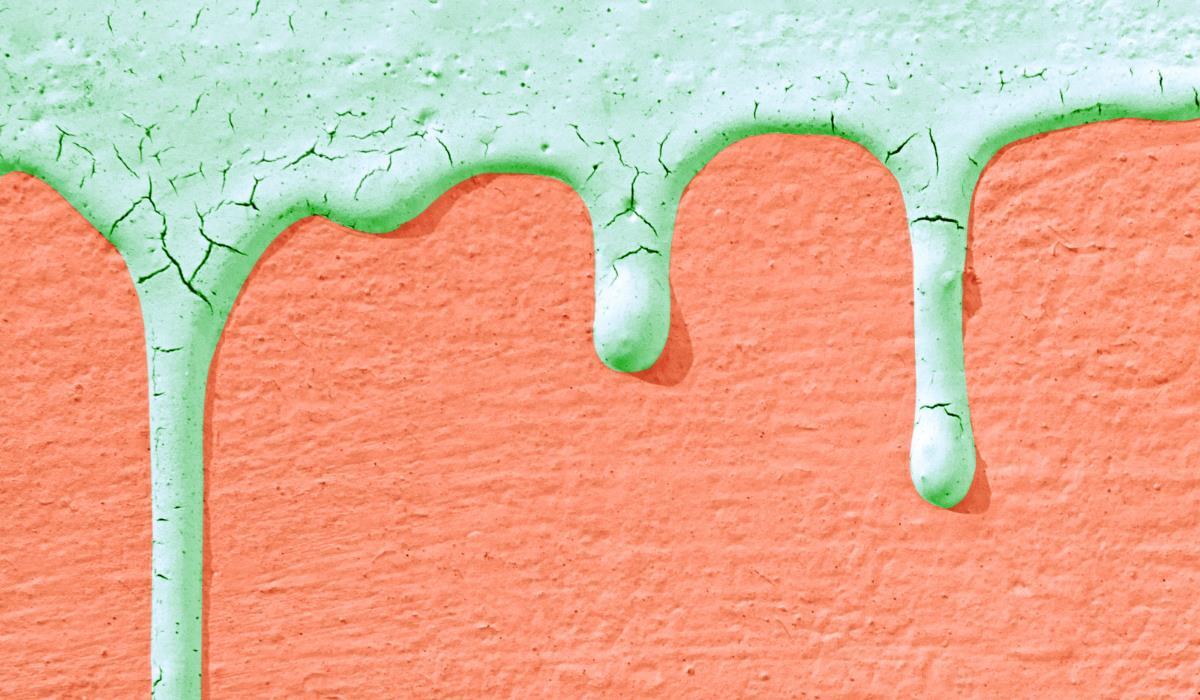When painting furniture, walls or finishing wood, permanent paint streaks are a common problem that can be irritating. They can appear even after using a paint roller or spraying paint, but removing them is much easier when they are still fresh and can be smeared.
Fortunately, even after the paint has dried, you can remove paint drips, spatters and streaks by sanding the surface with sandpaper. If you notice them on the surface of wet paint, removal is even easier.
Where do paint streaks come from?
Drops of paint usually appear when we apply too much paint, most often using an overloaded brush or paint roller. Fast movements of the roller on the wall can cause many streaks, and a roller loaded with excessive amounts of paint leaves streaks that will not disappear after the paint dries. Gravity causes the excess paint to flow downwards, and as it begins to dry, it forms drops. The same phenomenon can be observed on the ceiling if the paint is not properly distributed over the surface. Another factor leading to paint drops is high humidity. A humid environment slows down the drying process of the paint, allowing it to run off before it dries thoroughly.
Removing stains

To catch paint drops on a wet surface, prepare a strong light source almost parallel to the surface being painted. This is the so-called “cross light” and helps detect both fresh and old stains. Removing paint from a wet surface is relatively simple. If you notice any excess on the fresh paint, try to smooth it out gently with a brush. If the thickening does not disappear and the paint is sticky, it means that it is already too dry and additional painting may only worsen the situation. After the paint dries, the first step is to carefully cut or sand the protruding part using appropriate sandpaper. Try not to damage the surrounding areas of paint. After removing the convex part, try to smooth out the remaining irregularities using 220-grit sandpaper. Be sure to sand in the direction of the drop and avoid moving in the opposite direction, which could chip or damage the surrounding surface.
How to prevent leaks?
- Roller: Make sure the roller is well saturated with paint and the excess paint is drained onto the tray. Regularly loading the roller ensures proper ink saturation and reduces the risk of drips.
- Brush: Remove excess paint from the brush after dipping it into the can or tray. Use a brush with a moderate amount of paint to avoid dripping.
- Spraying: Avoid spraying the paint too closely, which may result in excessive paint thickness and dripping. If necessary, use a brush to gently smooth out the drops.



